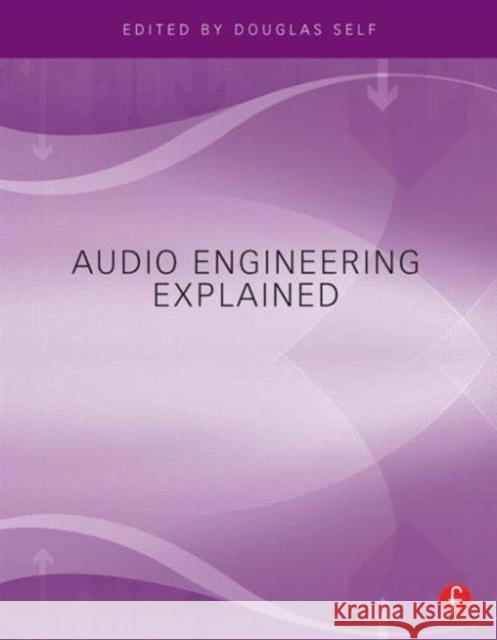Audio Engineering Explained » książka
topmenu
Audio Engineering Explained
ISBN-13: 9780240812731 / Angielski / Miękka / 2009 / 640 str.
Audio Engineering Explained
ISBN-13: 9780240812731 / Angielski / Miękka / 2009 / 640 str.
cena 243,84 zł
(netto: 232,23 VAT: 5%)
Najniższa cena z 30 dni: 241,34 zł
(netto: 232,23 VAT: 5%)
Najniższa cena z 30 dni: 241,34 zł
Termin realizacji zamówienia:
ok. 22 dni roboczych
Bez gwarancji dostawy przed świętami
ok. 22 dni roboczych
Bez gwarancji dostawy przed świętami
Darmowa dostawa!
Suitable for audio engineers, this book compiles sound engineering design material from the Focal and Newnes portfolio.











